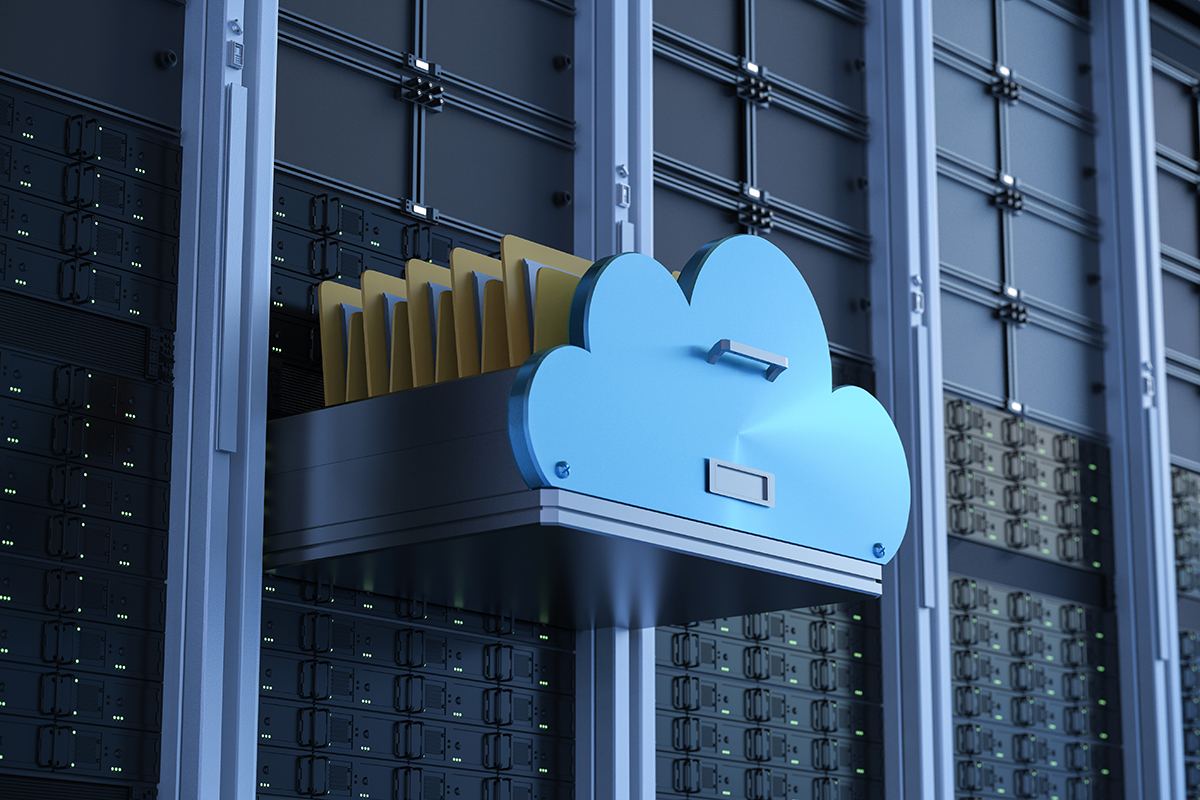
3 Practices to Ensure Your Org Is Always Ready for Salesforce Updates

One of the things that makes Salesforce such a powerful tool is that it’s constantly evolving. Salesforce adds new features regularly and updates the platform itself three times a year.
Yet it can be hard to keep up with these adjustments without having an established change management plan to review new features and share these changes with team members. Such a plan, though, is a necessary part of keeping your company on track to get the most ROI from Salesforce over time.
Here, I’ll discuss three actions Salesforce customers can implement to regularly prepare their orgs for updates to the Salesforce platform.
1. Review the Upcoming Changes
Salesforce has three major releases throughout the year – a Winter, Spring, and Summer release:
- The Winter ’21 release occurred between September 18 and October 19, 2020.
- The Spring ’21 release occurred between January 15 and February 15, 2021.
- The Summer ’21 release is scheduled for late May / early June 2021.
Release notes are published three weeks before updates go live and can be found on Salesforce Help. Admins and developers should review these notes to evaluate which current features and workflows in your company’s orgs they may need to modify to be compatible with the update.
It is also important to read the release notes to know what new tools your team members can use after an update. One of the main ways companies miss out on Salesforce ROI is by failing to recognize all the great features they could be incorporating into their business.
For example, one of the latest solutions introduced in the Spring ’21 release is Loyalty Management. With it, your marketing and customer service teams can easily create tiered membership programs and offer customized promotions based on different segments to engage customers.
Implementing this tool may be particularly beneficial for your company right now. A recent McKinsey study found that 76 percent of customers changed stores, brands, or the way they shop due to the pandemic, making customer loyalty a top priority for the year ahead.
2. Communicate with Team Members
Your team members must be aware of any changes coming to their Salesforce org ahead of time.
The process of getting people acclimated to a new version of Salesforce is similar to the work needed to drive initial Salesforce adoption. Company leaders must define expectations and performance metrics for using new features and processes, while admins and developers should offer as many resources for training and education as possible.
(For more on this topic, see For Successful Salesforce Adoption, Get the Metrics Right.)
Before an update, company leaders should announce upcoming changes via weekly emails, virtual town hall meetings, or other internal communication channels.
After a Salesforce update is rolled out, admins and developers should create opportunities to help team members get comfortable with the changes:
- Hold live demonstrations of new features over Zoom.
- Schedule open support hours during the first few weeks after an update.
- Create documentation with screenshots and step-by-step instructions on how to use or troubleshoot new features.
3. Test Your Orgs’ Configurations with the Latest Changes
Salesforce updates occur automatically through the cloud. As a result, admins and developers must test their orgs against major releases to ensure that the updates won’t disrupt any custom rules or configurations.
For instance, you might have built a rule that triggers an email be sent to an account lead when a prospect has remained inactive in a pipeline for over 30 days. A Salesforce update may disrupt the lead object in Salesforce, causing the email not to fire anymore.
Admins and developers can identify potential issues by testing their orgs in their upgraded Sandbox. These contain the latest version of Salesforce with your orgs’ configurations and are typically released one week before platform updates go live.
Testing is also important when introducing an existing Salesforce feature for the first time into your orgs. An often underutilized feature we encourage clients to use is Salesforce Inbox, which brings email exchanges directly into Salesforce so that it’s visible to all team members involved with an account.
We test the tool in a Sandbox first to see that it won’t disrupt a client’s pre-established sales process. We also check that the integration collects data accurately within the client’s org.
(Read more about the work we do for clients in our Success Stories.)
Salesforce Change Management Is an Ongoing Process
Salesforce is always innovating on its platform by adding new features and tools. Preparing for these updates with a well-established plan is critical for maintaining Salesforce ROI over time and enabling your team members to work most effectively.
But managing changes on your own can be difficult, especially if your team doesn’t have much experience navigating the Salesforce ecosystem.
As a certified Salesforce partner, Apexon can help your company navigate platform transformations with ease so that your team can focus on achieving its goals.
If you’re ready to start getting the most out of Salesforce, contact us today to have an exploratory conversation.




